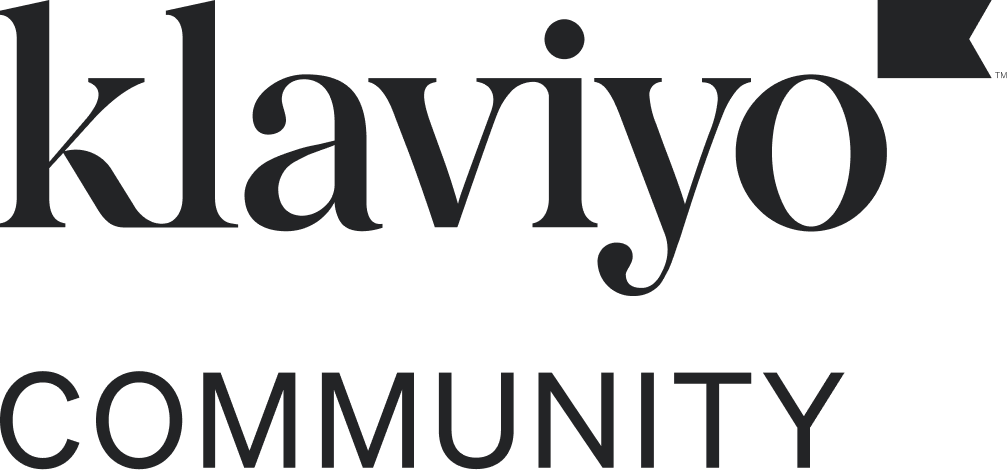My client has 2 accounts that sell related products, one is knitwear, the other is woven garments, etc.
They are both steeped in culture and have some mutual customers and subscribers to both of their lists (although I’m not sure how much)
We want to expand both of the lists to reach as many people as possible.
What is the best practice when considering a task like this? Both from an efficiency and an ethical stand point.
Can we, for example, add the customers not from GDPR region store 1 to store’s 2 database?
Or would something like an affiliate cross-promotion campaign be used here?
I’m tending towards option 2 here, but I’m asking about option one to be sure that’s not an option as this is what the client initially wanted to do.
Also, what would be the easiest way to discover what the overlap of profiles on these two accounts is? I’m presuming some CSV downloads and a comparison on Google sheets?
